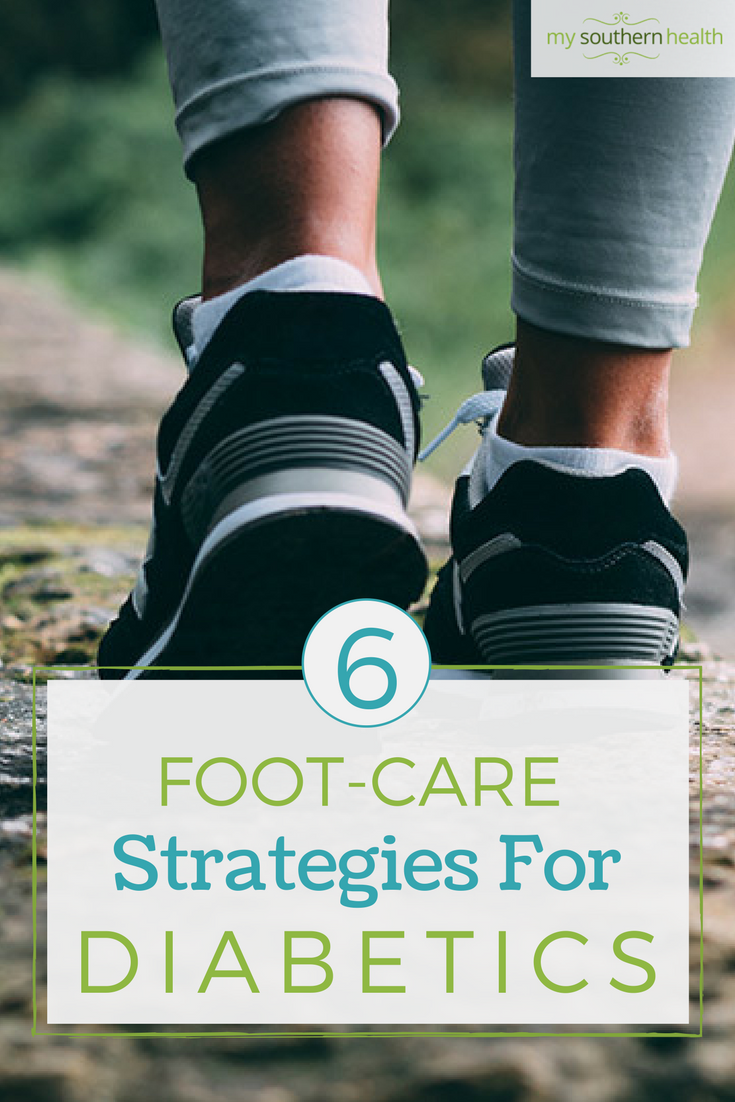Diabetic foot pain can keep you from doing the things you love. Learn how to prevent problems and get diabetic foot pain relief.
Diabetes brings many complications, including problems with the feet. Preventive foot care will help people with diabetes avoid diabetic toe nails, diabetic blisters and it also lowers the risk of amputation.
Current recommendations by the American Diabetes Association state that foot care for people with diabetes includes visiting a foot specialist every year. This professional evaluation is a preventive visit.
The annual visit to a podiatrist (foot doctor) includes checking how well your blood flows through your feet since poor blood circulation in the legs and feet often results from diabetes. Your doctor will also test your ability to feel with your feet (things like pain, or hot versus cold), and common foot deformities. Diabetes can put you at risk for foot sores and amputations. Shoes are important. Wearing the right shoes will decrease the risk of ulcers and amputation. Foot sores precede many amputations, so preventing these ulcers is key!
The best strategies for diabetic foot pain relief
1. Practice good hygiene.
Wash your feet every day with lukewarm water and soap. Clean around and under the toenails with a brush or manicure stick. Dry carefully, especially between the toes. Use cream or lotion daily to prevent dry skin, but do not apply lotion between the toes.
2. Foot maintenance.
Toenails should be trimmed straight across, with the corners sanded smooth. Thin down thick nails by filing the tops with an emery board. Never use a razor blade or knife to cut corns, calluses or toenails. Keep feet warm and dry by changing shoes and socks frequently.
3. Never walk barefoot, indoors or out.
Walking barefoot puts feet at risk for injury and should be avoided. Any time that a cut, sore or a break in the skin occurs it should be treated promptly. Help from foot care professionals is recommended, particularly for people with foot problems, neuropathy or impaired vision.
4. Inspect your feet every day.
Look for broken skin, blisters, sores and red, swollen, inflamed or infected areas. Report any problems to your physician immediately. Use a mirror if it is difficult to see your feet.
5. Wear proper fitting shoes with soft socks or stockings.
Examine shoes every day for cracks, pebbles, nails or anything that could hurt your feet. Buy shoes in the evening, when your feet tend to be larger. Have your feet measured every time you buy shoes, to be sure your size has not changed. Always try on shoes before buying them, making sure the heel of the shoe does not slip when walking. Allow one thumb width between the front of the shoe and your longest toe. Avoid extreme styles of shoes, such as very high heels, platforms or pointy toes.
6. Exercise your feet.
The best exercise for normal feet is walking. Wear a good pair of walking shoes. For any type of foot problems, non-weight bearing exercises are encouraged, such as swimming, riding a bicycle or rowing. This encourages circulation, which can help provide diabetic foot pain relief.


To schedule an appointment with the Vanderbilt Eskind Diabetes Center call 615-343-8332 for adult care and 615-322-7842 for children’s care.

